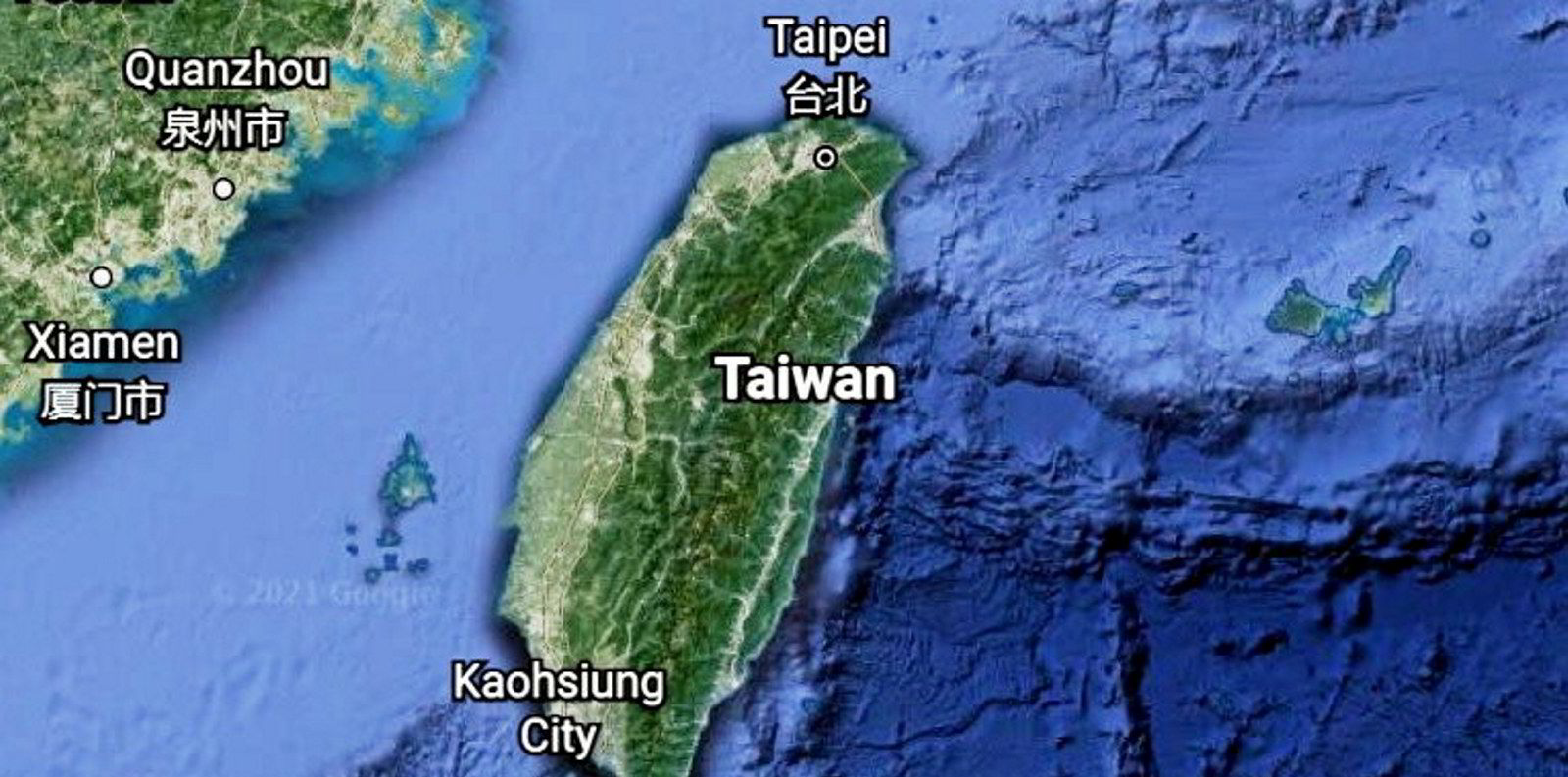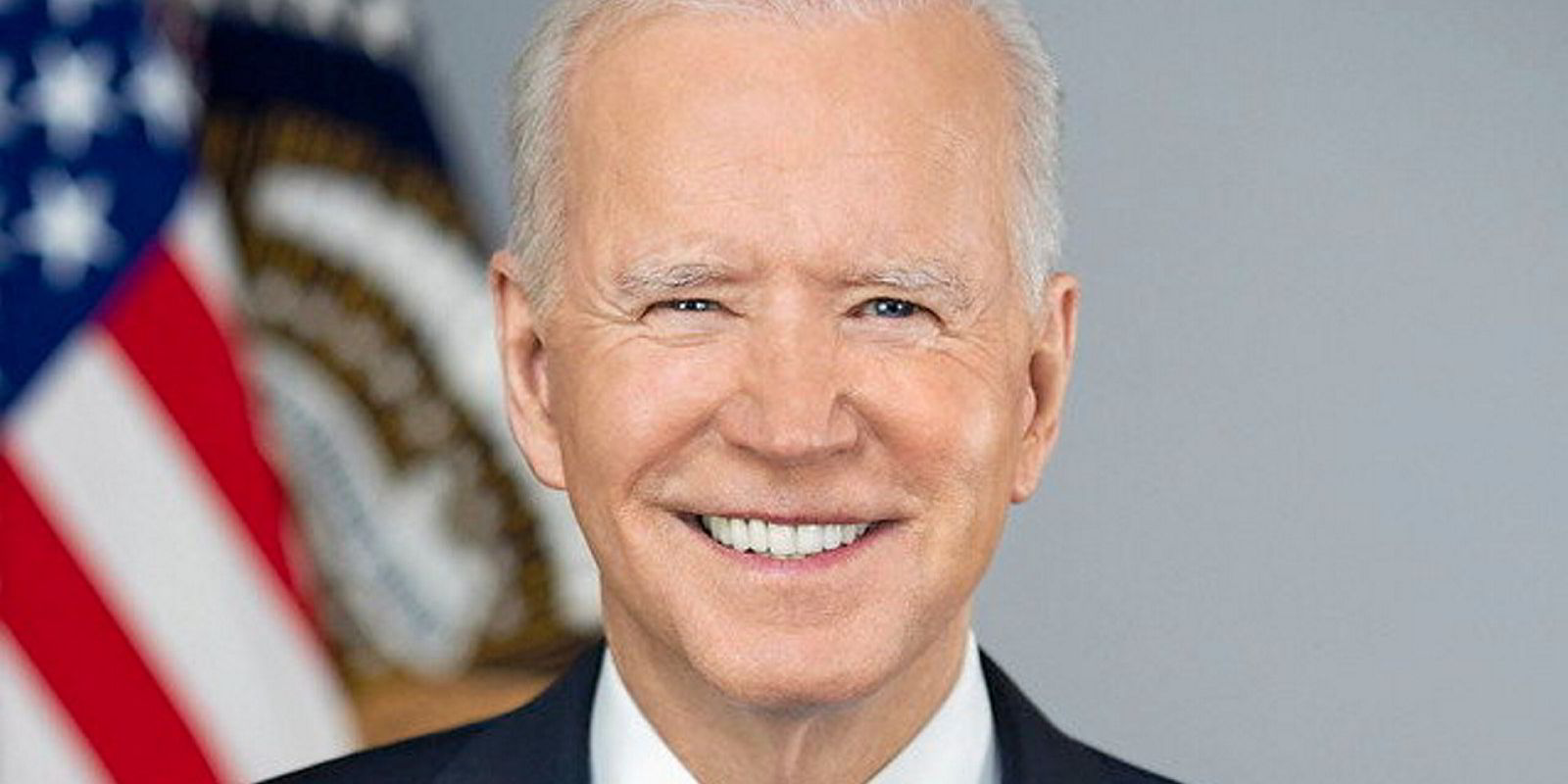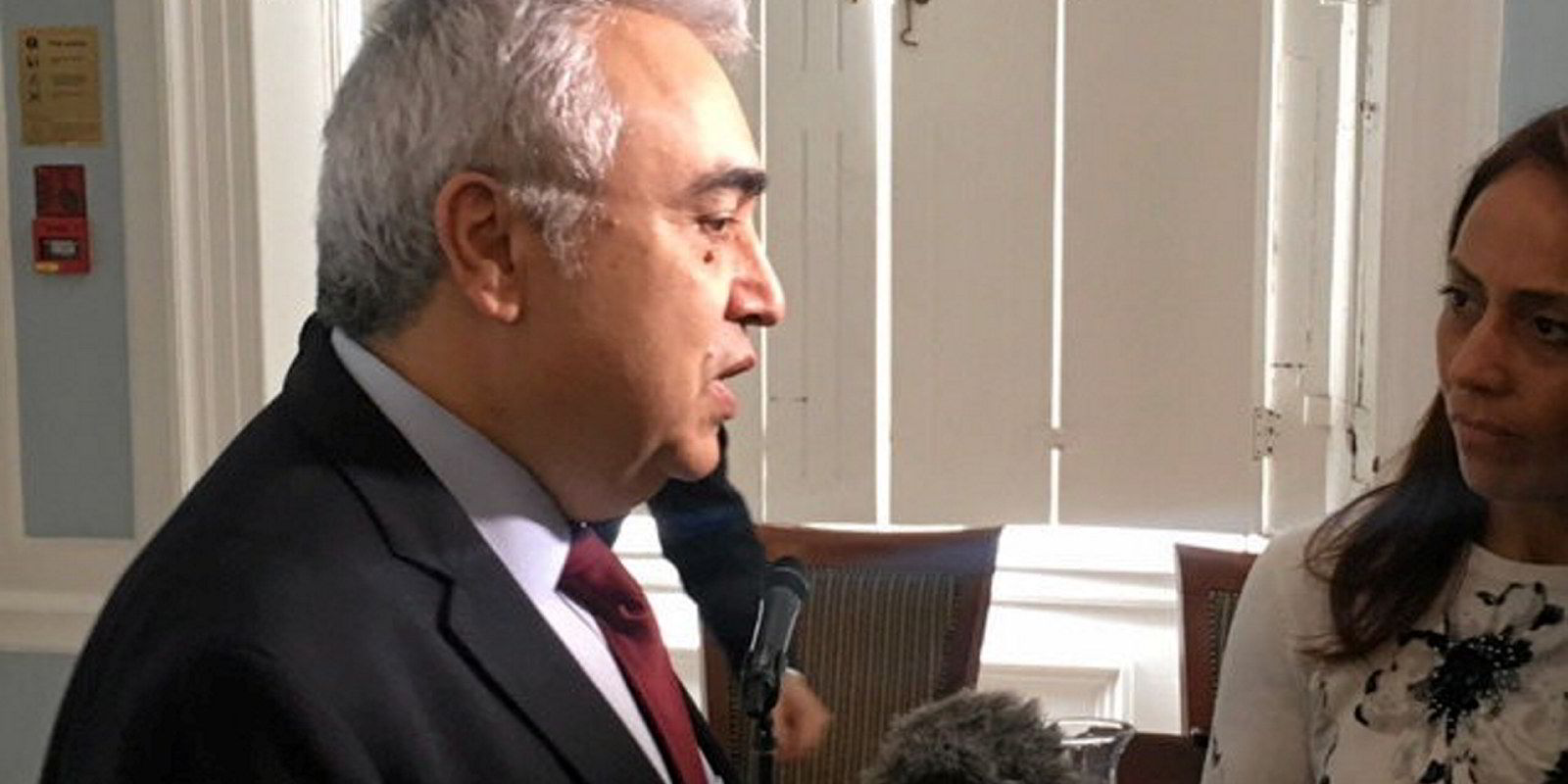With so much recent attention on US offshore wind prospects, another of the world’s coming forces in wind at sea could be forgiven for feeling overlooked – but this week changed that.
Taiwan’s delayed regulations for the next wave of its plans to harness the power of its sea-winds in the 10 years after 2025 contained a welcome surprise for the industry in the form of another 5GW of capacity ambition, meaning the Asian island is firmly back in pole position as the region’s pacesetter outside China.
As an in-depth Recharge analysis of the announcement explained, Taiwanese officials also unveiled some welcome tweaks to local content regulations that bode well for the longer-term development of the offshore wind sector there, even if some significant short-term challenges remain.
The prospects for Taiwan to establish itself as a major regional offshore wind hub are also looking rosier after the latest announcement, according to Renewables Consulting Group analyst Chien Huan Li, who wrote an exclusive column for Rechargeon this week’s developments.
Offshore wind was in the news elsewhere in Asia, as GE Renewable Energy announced a key partnership in Japan with local industrial giant Toshiba, which will help build and sell the giant Haliade-X turbine.
And in China, bound for global number-one spot in offshore wind sometime in the fast-approaching future, Norwegian energy giant Equinor and Chinese yard CIMC Raffles signed a strategic co-operation agreement to mutually develop local projects in Shandong province.
Not to say that US offshore wind was having a quiet week by any means! The American industry passed a key milestone when federal authorities approved Vineyard 1, the 800MW development set to be the first US commercial project in the water.
Ignacio Galán, CEO of Iberdrola, the Spanish giant that is co-developing Vineyard, hailed the news as an example of the “huge opportunities” likely in the US under the policies of Joe Biden.
One of those will be to provide the vessels needed to fulfil Biden’s vision. Recharge reported this week how sector newcomer Eneti will build a supersize wind turbine installation vessel (WTIV), only the second announced for the highly anticipated US Atlantic offshore market.
The market itself gathered further pace when Massachusetts opened a new solicitation for up to 1.6GW further capacity to add to the momentum gained thanks to Vineyard.
If all this makes you want to break into song, you’re not alone – an energy consultancy tapped into the current twin crazes for sea shanties and TikTok to promote offshore wind to younger potential workers via the social media channel.
We have heard throughout the Covid pandemic how despite all the challenges of Covid disruption, renewables just kept growing.
This week the International Energy Agency – born as the global oil watchdog in the 1970s –said the 45% growth that saw 280GW added in 2020 was no one-off, but instead a “new normal” level of installations that’s set to hold for the next two years.
The IEA also made it clear that the energy transition remains in the balance, with emissions going in the wrong direction and policymakers holding the keys to success.
Germany took a step in the right direction this week when it brought forward its net zero ambitions by five years to 2045, in a move set to add to the pressure for a faster renewables expansion.
The big test will come later this year at the COP26 climate summit. Alok Sharma, the UK politician who is president of the summit, issued a rallying call ahead of the event from in front of an onshore wind farm, in an irony that won’t be lost on a sector that suffered years of antagonism from his Conservative Party.







